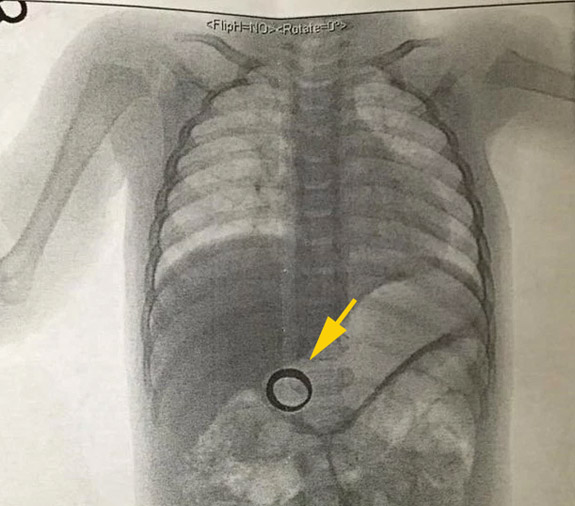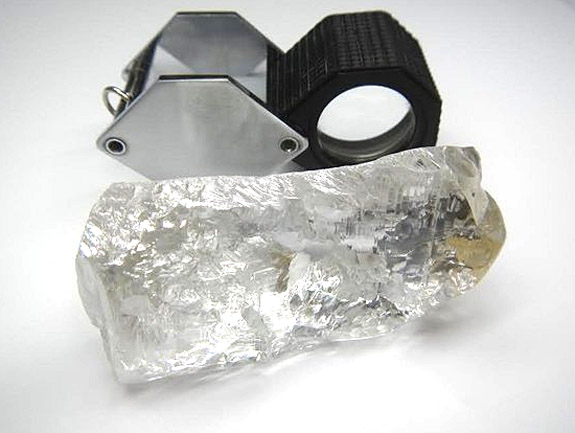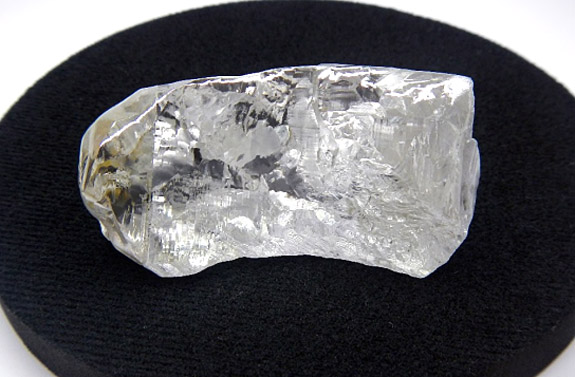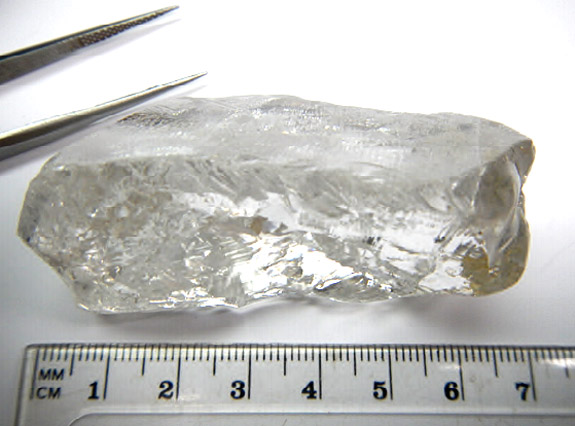Welcome to Music Friday when we frequently feature throwback songs with jewelry, gemstones or precious metals in the title or lyrics. Today, we have music legend Willie Nelson singing his rendition of the haunting love song, "Golden Earrings."

Originally performed by Murvyn Vye in the 1947 romantic spy film of the same name, "Golden Earrings" tells the story of the jewelry's mystical qualities.
The song begins like this: "There's a story the gypsies know is true / That when your love wears golden earrings / He belongs to you."
The next verse states: "An old love story that's known to very few / But if you wear those golden earrings / Love will come to you."

Now, if you're wondering why a guy is wearing golden earrings, the answer lies in the plot of the movie... On the eve of World War II, a British colonel, played by Ray Milland, escapes from the Gestapo to the Black Forest and poses as the mate of a beautiful gypsy (Marlene Dietrich) to elude his captors. In the poster, above, Milland is clearly wearing the golden earrings.
As Les Adams outlined for IMDB.com: "She pierces his ears for dazzling golden earrings, stains his skin, dresses him in [gypsy] clothes and teaches him to read palms. His disguise is perfect and he emerges unharmed from several encounters with Nazi patrols."
Over the past 69 years, "Golden Earrings" has been covered by no fewer than 50 artists, including Peggy Lee (who scored a hit in 1947), Bobby Darin (1964) and Nelson (1983).
In Nelson's rendition, the line "He belongs to you" is changed to "She belongs to you."
"Golden Earrings" was the sixth track on Nelson's album Without a Song, a release that ascended to #3 on the U.S. Billboard Top Country Albums chart. The album also ranked #54 on the U.S Billboard 200.
Willie Hugh Nelson was born in Abbott, Texas, in 1933, and during his 60-year career has demonstrated a wide range of talents. The American icon is a musician, singer, songwriter, author, poet, actor and activist. He has recorded more than 60 studio albums and appeared in more than 30 films and television shows. At 82 years old, he still has an active touring schedule.
He was inducted into the Country Music Hall of Fame in 1993, won the lifetime award of the Library of Congress in 2015 and was honored by Rolling Stone as one of the "100 Greatest Singers" and "100 Greatest Guitarists" of all time.
We're happy to present the audio track of Nelson's version of "Golden Earrings." The lyrics are below if you'd like to sing along.
"Golden Earrings"
Written by Victor Young, Ray Evans, Jay Livingston. Performed by Willie Nelson.
There's a story the gypsies know is true
That when your love wears golden earrings,
She belongs to you.
An old love story that's known to very few,
But if you wear those golden earrings,
Love will come to you.
By the burning fire, they will glow with ev'ry coal.
You will hear desire whisper low inside your soul.
So be my gypsy;
Make love your guiding light,
And let this pair of golden earrings
Cast their spell tonight.
Willie Nelson image via YouTube screen capture. "Golden Earrings" movie poster via Wikipedia (Fair Use).










